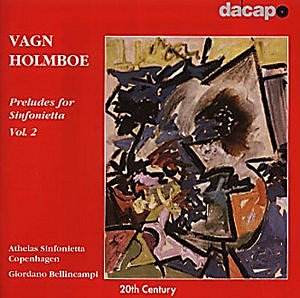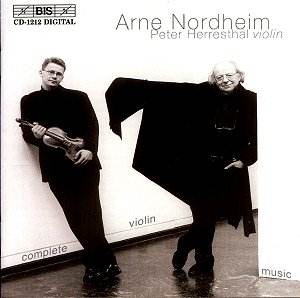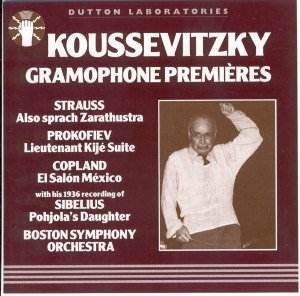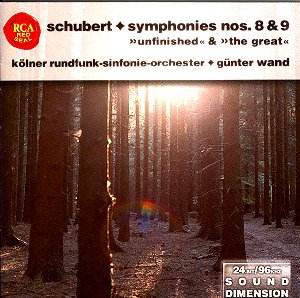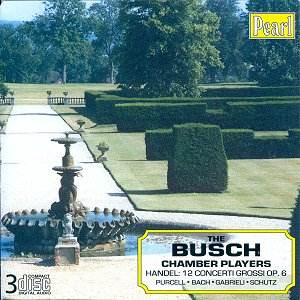 Composer: Johann Sebastian Bach
Composer: Johann Sebastian Bach
Works: Orchestral Suite No. 1; Concerto Grossi Op. 6 (Handel); Canzona a dieci (Gabrieli); Die teutsche gemeine Litaney SWV 428 (Schütz)
Performers: Busch Chamber Players; Christine Johnson, soprano; Lukas Foss, continuo
Recording: Live concert at Town Hall, New York, March 1943; Handel recording from 1946
Label: Pearl GEMM CDS 9296
Johann Sebastian Bach’s Orchestral Suite No. 1, alongside works by Handel, Gabrieli, and Schütz, presents a fascinating confluence of musical styles and historical contexts. The Busch Chamber Players, under the aegis of the eminent Adolf Busch, offer a compelling interpretation that juxtaposes the intricacies of the Baroque idiom with the expressive nuances characteristic of mid-20th-century performance practice. This recording is not only a tribute to the musical legacy of these composers but also a window into the performance styles of an era when historically informed interpretations were beginning to take shape.
The performance of the Orchestral Suite No. 1 is marked by a certain weightiness, a deliberate contrast to the briskness often associated with contemporary interpretations. Busch’s ensemble adopts a slower tempo than their celebrated 1936 recording, allowing for a deeper exploration of the melodic lines and the rich textures Bach weaves throughout the work. The crisp phrasing and focused string tone are particularly commendable; however, there are moments where the tempo seems to congeal, risking a loss of momentum. The use of portamenti is judicious, providing expressiveness without compromising the clarity of Bach’s intricate counterpoint. The gigue, for instance, while somewhat languid, allows the listener to savor the intricate interplay between voices, a testament to Busch’s interpretative vision.
Adolf Busch’s approach to Handel’s Concerto Grossi Op. 6 is similarly characterized by expressive extremes. While he does not shy away from expansive tempi, the interpretation occasionally risks overstaying its welcome. In contrast to Boyd Neel’s earlier recordings, which maintain a more buoyant energy while still allowing for expressive depth, Busch’s rendering emphasizes the weight of the harmonies, sometimes leading to passages that feel impeded. The harpsichord, played by Mieczysław Horszowski, while an expensive addition to the ensemble, often recedes into the background, leaving the orchestration somewhat unbalanced. This contrasts sharply with Neel’s use of Arnold Goldsborough, whose subtle contributions add a vital layer to the texture.
The inclusion of Heinrich Schütz’s Die teutsche gemeine Litaney, featuring soprano Christine Johnson, rounds out this collection beautifully. Johnson’s voice, accompanied by Lukas Foss on the piano, exhibits a lyrical quality that aligns well with Schütz’s intentions. The performance captures the simplicity and depth of the text, providing a necessary respite from the more complex polyphony of Bach and Handel. Foss’s continuo playing, while competent, does not quite reach the level of dynamism one might hope for in such a context, though it does serve the overall aesthetic well.
Sound quality in this recording is remarkably faithful, especially considering the historical context of the original live performances. The engineering conveys a sense of immediacy that immerses the listener in the acoustic environment of Town Hall. The clarity of the instrumental lines, particularly in the orchestral suite, showcases the Busch Chamber Players’ technical prowess. The presentation of the recordings is commendable, reflecting the rarity of these performances and the care taken in their preservation.
The Busch Chamber Players’ interpretations offer a rich tapestry of sound that reflects both the historical significance of the works and the interpretative tendencies of the mid-20th century. While the performances may not always align with modern expectations of tempo and balance, they reveal a thoughtful engagement with the music that is both refreshing and rewarding. The recording stands as an important document, preserving a unique musical dialogue that invites reconsideration of these canonical works, ensuring that both Bach and his contemporaries continue to resonate with contemporary audiences.
